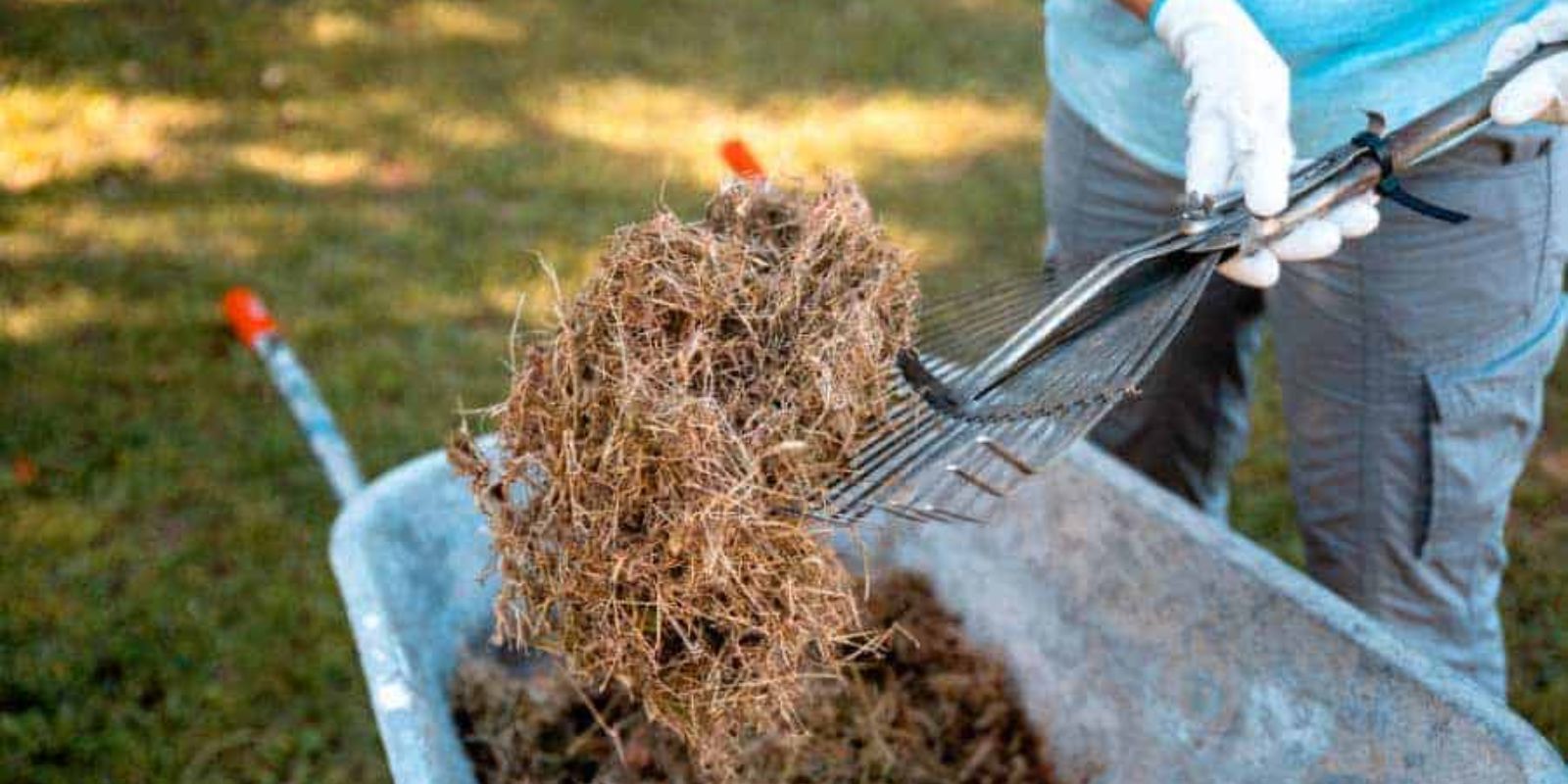Introduction
Mulch is an indispensable element in garden maintenance, offering numerous benefits such as moisture retention, weed suppression, and soil temperature regulation. Over time, however, mulch can deteriorate and lose its effectiveness. Understanding when and why to remove old mulch is crucial for maintaining a healthy, vibrant garden. In this comprehensive guide, we’ll explore the key reasons for removing old mulch, the steps to do it properly, and how to refresh your garden for optimal results.
The Importance of Mulch in Garden Care
Before diving into the details of removing old mulch, it’s essential to understand the role mulch plays in garden care:
- Moisture Retention: Mulch helps retain soil moisture by reducing evaporation, which is particularly beneficial during hot, dry periods.
- Weed Suppression: A layer of mulch acts as a barrier to prevent weed growth, reducing competition for nutrients and water.
- Temperature Regulation: Mulch insulates the soil, keeping it cooler in the summer and warmer in the winter, which can benefit plant roots.
- Soil Improvement: Organic mulches decompose over time, adding valuable nutrients to the soil and improving its structure.
When to Remove Old Mulch
Understanding when to remove old mulch is key to ensuring that it continues to serve its purpose effectively. Here are several indicators that it’s time to refresh your mulch:
- Decomposition: Over time, organic mulches like wood chips, straw, or leaves decompose and break down. If the mulch is significantly decomposed and turning into compost, it’s time for a refresh.
- Compaction: Mulch can become compacted, especially if it’s been walked on frequently or if it’s accumulated moisture. Compacted mulch can hinder water infiltration and reduce its effectiveness.
- Weed Growth: If you notice weeds starting to penetrate through the mulch, it may be a sign that the layer is too thin or has deteriorated, necessitating replacement.
- Pest Problems: Old mulch can become a breeding ground for pests such as termites, ants, or diseases. If you spot pests or signs of disease, removing the old mulch can help mitigate the problem.
- Visual Appeal: Sometimes, mulch simply looks tired and worn out. Aesthetic considerations may prompt you to refresh your mulch to improve your garden’s appearance.
How to Remove Old Mulch
Proper removal of old mulch is crucial to avoid disturbing the soil or plant roots. Follow these steps to ensure effective and gentle removal:
- Assess the Area: Before you begin, assess the condition of the mulch and determine the extent of the removal needed. Check for any pests or signs of disease.
- Gather Tools: Equip yourself with a rake, shovel, and possibly a wheelbarrow for transporting the removed mulch. Having the right tools will make the process smoother.
- Remove the Mulch: Start by gently raking away the old mulch. Be careful not to disturb the soil or plant roots beneath. If the mulch is compacted, you may need to use a shovel to lift and remove it.
- Inspect the Soil: After removing the old mulch, inspect the soil for any signs of pests or disease. If you find any issues, address them before applying new mulch.
- Dispose of Old Mulch: Properly dispose of the old mulch. If it’s free of pests and diseases, you can add it to a compost pile or garden bed as a composting material. If it’s contaminated, dispose of it according to local waste management guidelines.
Refreshing Your Mulch
Once the old mulch is removed, it’s time to refresh your garden with a new layer. Here’s how to do it effectively:
- Choose the Right Mulch: Select mulch that suits your garden’s needs. Organic options like wood chips, bark, straw, or compost are excellent choices. For a more decorative touch, consider colored or textured mulch.
- Prepare the Area: Ensure the soil is clean and free of weeds before applying the new mulch. If needed, amend the soil with compost or other organic matter to improve its health.
- Apply New Mulch: Spread a layer of new mulch evenly over the soil. Aim for a depth of 2-4 inches. Avoid piling mulch directly against plant stems or tree trunks to prevent rot and pest issues.
- Water the Mulch: After applying the new mulch, water it lightly to help it settle and begin the process of moisture retention.
- Monitor and Maintain: Regularly check the mulch throughout the growing season. Add more mulch as needed to maintain the desired depth and effectiveness. Keep an eye out for any signs of pests or disease.
Benefits of Proper Mulch Management
Properly managing mulch by removing old, deteriorated layers and replacing them with fresh mulch offers several benefits:
- Enhanced Soil Health: Fresh mulch adds organic matter to the soil, improving its structure and nutrient content.
- Improved Plant Health: A well-maintained mulch layer supports plant health by retaining moisture, suppressing weeds, and regulating soil temperature.
- Pest and Disease Control: Regularly refreshing mulch helps prevent pest infestations and reduces the risk of soil-borne diseases.
- Aesthetic Appeal: New mulch improves the overall appearance of your garden, giving it a tidy and well-maintained look.
Conclusion
Managing mulch is an essential aspect of garden care that significantly impacts the health and appearance of your garden. By understanding when to remove old mulch and how to refresh it properly, you can maintain a thriving, beautiful garden. Regularly assess your mulch, remove old layers as needed, and apply fresh mulch to ensure your garden remains vibrant and healthy throughout the growing season. With proper mulch management, your garden will continue to flourish, providing you with a stunning outdoor space to enjoy.

